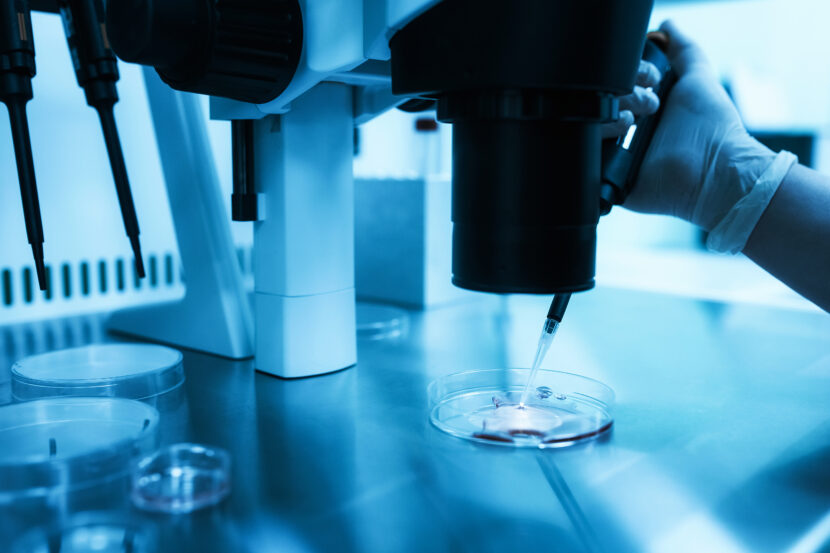The issue of infertility has long existed. It is a disorder of the male or female reproductive system characterized by the inability to conceive after 12 months or more of consistent, unprotected sexual activity. However, as the world has modernized, people have begun to discuss infertility openly. As a result, more new techniques for addressing this problem are emerging.
One such advanced technology is the intra-cytoplasmic sperm injection (ICSI).
What is ICSI treatment?
ICSI treatment involves injecting the sperm cell directly into the mature egg’s cytoplasm. It is among the most effective artificial treatment options for male infertility-related issues, with a success rate of 85%.
In cases of male infertility brought on by low sperm count, low motility, azoospermia, or erectile dysfunction, ICSI IVF is frequently adopted by couples as it improves the chances of getting pregnant.
What is a successful ICSI procedure?
● Stimulation of the ovaries
A woman’s ovary produces one egg each month through a normal menstrual cycle. However, multiple eggs must be extracted to improve the success rate of ICSI. Thus, the stimulation of the ovaries is necessary for there to be more than one egg accessible.
During the process, a woman receives hormone injections for approximately 8 to 14 days to encourage the ovaries to produce mature eggs.
● Egg & sperm retrieval
Several eggs are extracted from a woman’s ovaries using a thin needle and ultrasonography probe. Although the egg retrieval process is not painful, it could result in minor bruising or soreness.
For the sperm retrieval process, either the man provides a sperm sample by ejaculating into a cup, or the sperm is removed surgically. In some circumstances, the sperm retrieval operation is carried out early, and the sperm is frozen till the procedure.
● Fertilisation
Once the semen sample has been obtained, it is washed, and a single sperm is extracted. Then, a sperm is injected directly into an egg using a hollow, extremely thin needle. This step eliminates the necessity for the sperm to swim through the cervical fluid. A sperm might take up to 24 hours to fertilize an egg and produce an embryo.
● Embryo development
The fertilized embryos will be kept in a lab for up to 6 days to observe their growth and development. Since not every fertilized embryo will be placed in the woman’s womb, this stage is crucial for selecting the healthiest and most viable embryos.
● Embryo transfer
One or two embryos are chosen and transferred to the woman’s womb using an ultrasound-guided catheter once the embryo reaches a specific stage of development. This step could occur two days or five days after fertilization.
Two weeks after the fertilized egg has been transferred to the womb, it is typically recommended to take a pregnancy test.
Take Away
ICSI treatment helps infertile couples have a genetic child, especially when the male partner is infertile. The ICSI procedure has a great success rate and reduces the risks of the infant having physical or mental problems.
Remember, speaking with a doctor before opting for any medical procedure is advised.
